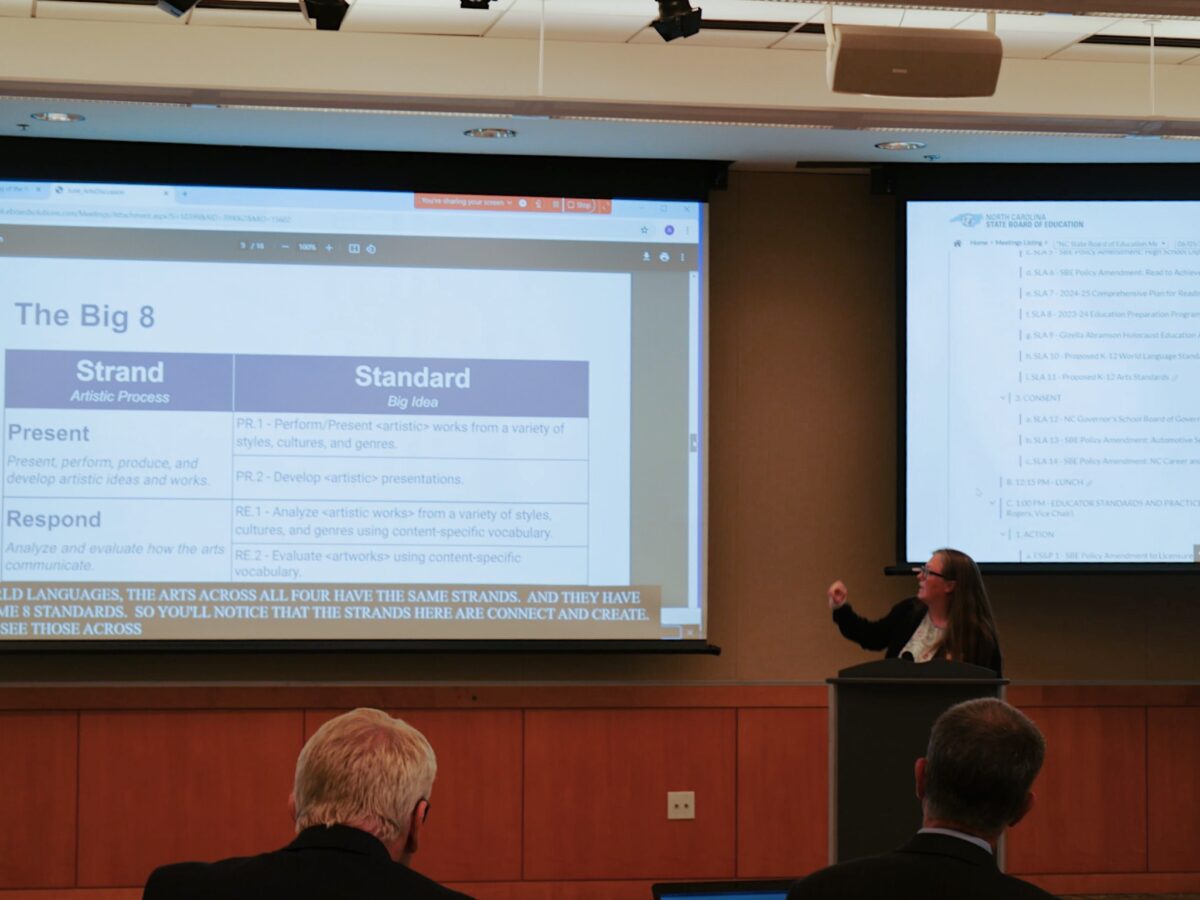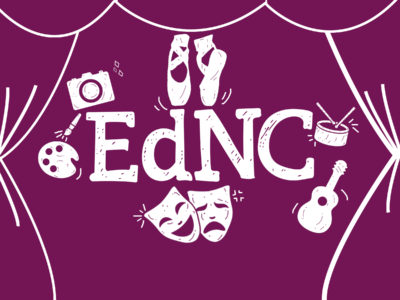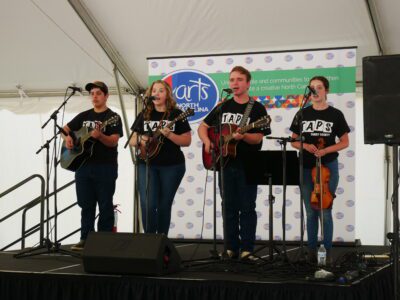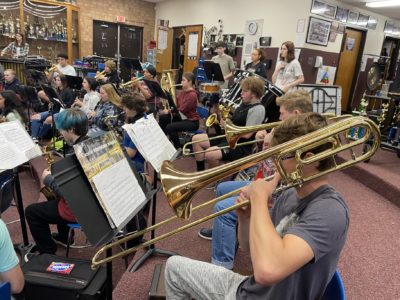
|
|
The State Board of Education recently received a presentation on proposed K-12 arts standards which would make various updates to the standard course of study for music, dance, visual arts, and theater.
The Board received the presentation as a discussion item during its monthly meeting last week, and is set to vote on the proposed standards during its July meeting.
Recommendations include installing the new standards in the 2024-25 school year, with initial implementation taking place in the 2025-26 school year as standards go live. After a year of creating support documents and support in the field, full implementation would then take place during the 2026-27 school year.
Sign up for the EdDaily to start each weekday with the top education news.
The Department of Public Instruction (DPI) reviews the standards for each content area every five to seven years to ensure the implementation of relevant and effective standards.
State Board Policy SCOS-012 requires the development of clear, relevant state standards (NCSCOS, G.S. 115C-81.5) that districts and schools will use to align their local curriculum. Standards for all content areas should be written clearly and simply so they can be understood by a wide audience that includes teachers, administrators, central office staff, parents, legislators, and other interested parties. It is essential that the North Carolina Standard Course of Study provide standards that are consistent, equitable, and measurable. Each set of standards should communicate what students are expected to know and be able to do by the end of each grade level or course.
Excerpt from the Board’s June meeting agenda
The structure for the arts update is dictated by eight major standards. These standards are organized into categories of four “strands,” which represent elements of the artistic process. Two of the standards are sorted into each of the strands.
Here are the four strands and the eight major standards:
- Connect:
- Relate ideas and works with personal, societal, cultural, historical, and daily life contexts, including diverse and marginalized groups.
- Explore advancements in the field.
- Create:
- Create original ideas and works, independently and collaboratively.
- Adapt original ideas and works, and those of peers and other artists, independently and collaboratively.
- Present:
- Perform/present works from a variety of styles, cultures, and genres.
- Develop presentations.
- Respond:
- Analyze from a variety of styles, cultures, and genres using content-specific vocabulary.
- Evaluate using content-specific vocabulary.
You can view the proposed standards in each art area by clicking on the following links: theater, music, dance, and visual art.
Major changes
One difference between the 2024 and the 2010 standard course of studies across the arts disciplines is a focus on recognizing and relating arts ideas to “personal, societal, cultural, and historical, and daily life contexts, including diverse and marginalized groups,” according to DPI documents.
A new focus for each of the disciplines is identifying and exploring advancements in the field of study, and identifying, explaining, or defending personal preferences within the arts.
The 2024 standards also puts an emphasis on presentation in each discipline, such as a performance or display of artwork.
The proposed new standards are also often more concise than the 2010 standards.
To see a full list of the differences between the 2024 and 2010 standard course of study, click the links for each discipline below:
The efforts to update the standards began in July 2022, when DPI staff began the review phase, reviewing standards, legislation, other states’ standards. DPI also released surveys and held focus groups during this time.
By July 2023, DPI created a first draft, which was updated following a public review and feedback period.
The third draft was presented to the Board last week. If the proposed standards are approved by the Board in July, DPI will enter into the implementation phase of the new art standards.
By clicking on each of the following links, you can view the draft two feedback reports for each discipline: Theater, Dance, Music, Visual Art.
Recommended reading




